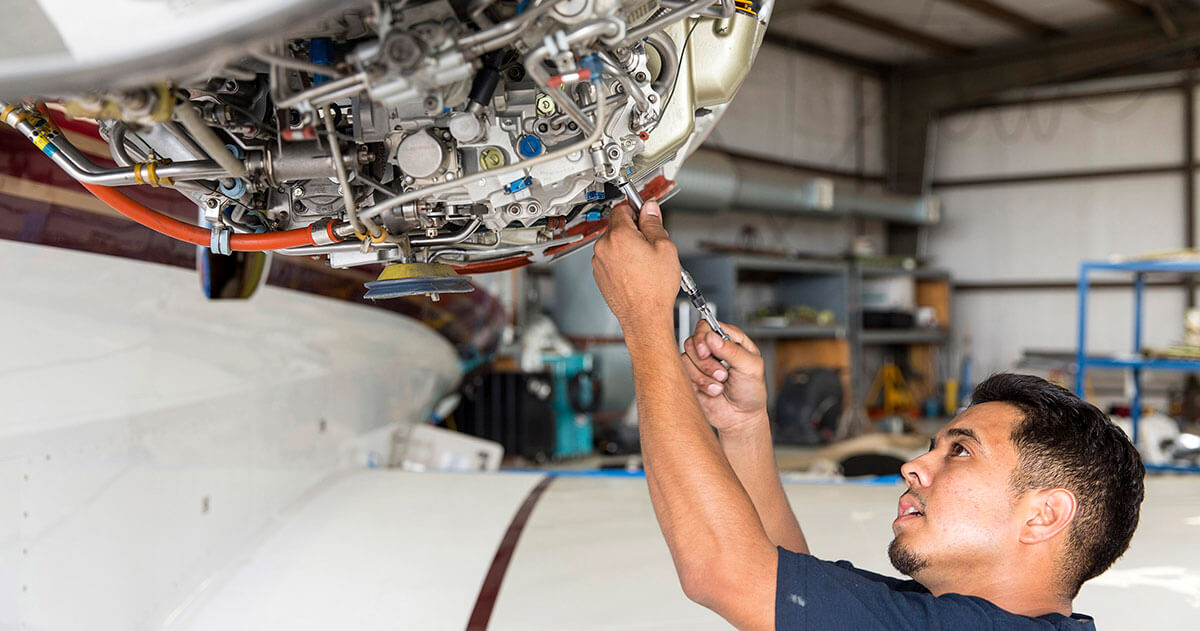
June 18, 2020
Business aircraft operators concerned about the effects of COVID-19 on the number of qualified aviation maintenance technicians can breathe easy. Thanks to the dedicated efforts of teachers and students at aviation maintenance schools around the country, many students will complete their programs on time or be only minimally delayed in entering the workforce.
“I grabbed an oar and starting rowing,” said Suzanne Markle, president and CEO of the Pittsburgh Institute of Aeronautics (PIA), which has facilities in four states. “When our schools were briefly shut down in March, PIA instructors used that time to get courses onto on online platform. Our faculty rose to the challenge.”
Markle also commended the willingness of the FAA to work with her schools to maintain their Part 147 certification despite the many challenges of operating during the pandemic. Courses in welding and composite structures, for example, are almost impossible to move online.
Raymond Thompson, associate dean of the College of Aviation at Western Michigan University, said that his school has been focused on trying to graduate seniors. The four-year TechOps degree at WMU has numerous lab courses for the Part 147 certification, which is embedded in the program, and courses like the inspection class are “very intense,” according to Thompson.
The school is now holding scaled-down classes with fewer students per aircraft and such safety precautions as arm-banding the students daily after a check-in, frequent hand-washing and nightly cleansing of the facilities.
At PIA, which is gradually reopening, Markle said that her schools will have staggered break times, no more common areas, a lowered onsite population and more classes at different times. “It will be a challenge to be as immersive as possible so that skills are learned, while still ensuring student safety,” said Markle.
Both Markle and Thompson agreed that the circumstances of the pandemic will have a permanent impact on how aviation technicians are taught, with significant portions of instruction moving online.
“This has been a real opportunity to significantly redo how we do technician training,” said Thompson. “Now is the chance to look at some of the technology that we are using and see if we can apply it permanently to A&P instruction.” Thompson indicated that technologies such as holograms and modeling may work very well for some courses.
“Everybody is adapting,” said Greg Hamelink, chairman of NBAA’s Maintenance Committee. “But it’s important to stay engaged as we navigate through this lull in aviation.”
Markle agreed: “We still need the industry to engage with us. Come to our school, inform our students about the industry and tell them about the opportunities.”


 International Business Aviation Council Ltd.
International Business Aviation Council Ltd.